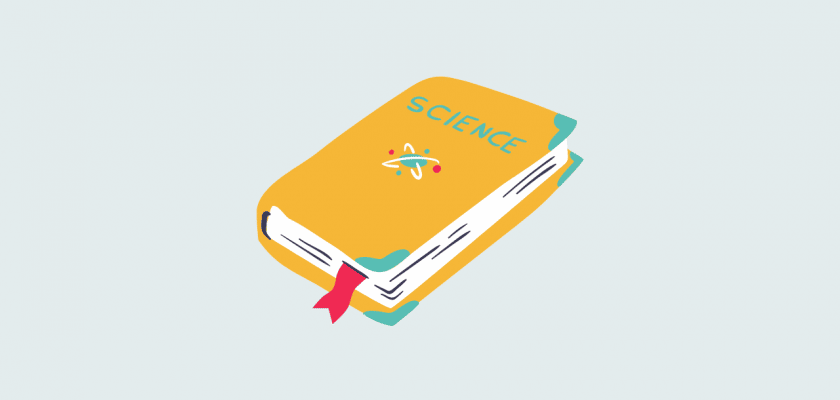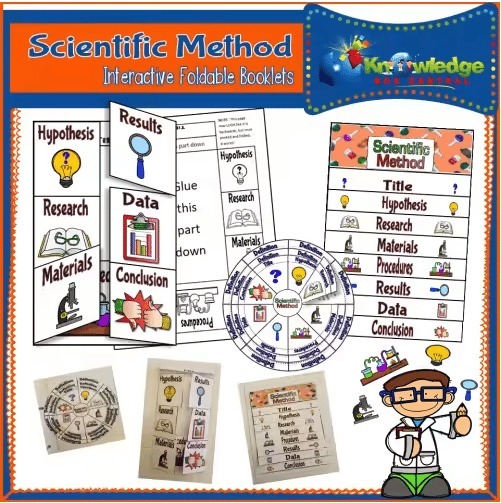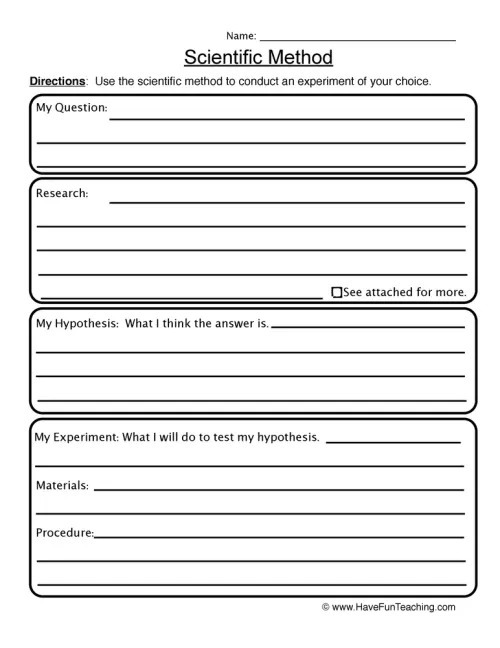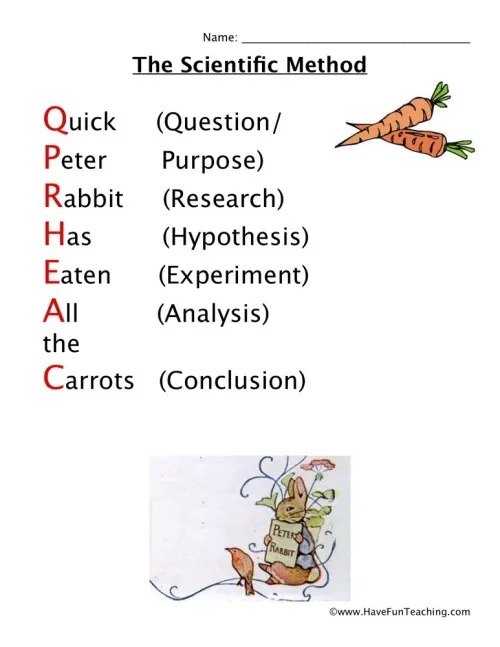The Scientific Method is one of the most critical skills of the curriculum. It is not just something that is used in the science lab. It is a problem-solving tool, employs critical thinking, and teaches your students about processes and procedures that will help them in the real world. It may be in a career as a scientist or even if it is just in the kitchen when they are experimenting with a new dish.
Table of Contents
- Things to look for when choosing Scientific Method Worksheets
- 9 Best Scientific Method Worksheets
- Where to Find Them Online
- Free vs Paid Worksheets
- Instead, invest in a Teach Simple membership
Not all Scientific Method worksheets are made equal – as teachers, we know the internet is jam-packed with excellent (and not-so-excellent) teaching materials. But, after hours of browsing, you may still struggle to find something worthwhile for your students. Fortunately, l teachers are willing to support each other. Websites like Pinterest offer countless ideas, lesson plans, activities, and worksheets – some are free, and some come at a price – but most can help save you time.
But how can you ensure you don’t squander the precious time you’ve saved from researching? And how can you guarantee the quality of the paid resources you choose? Here are some ideas and tips to help you save time and money, ensuring you only select the best.
Things to look for when choosing Scientific Method Worksheets
Kids are curious and want to know about the world around them. If they are taught to experiment using simple materials, it can empower them to discover knowledge for themselves. And in its simple form, it can be used by children as young as kindergarten. The scientific method is a process or method of research. As children learn to create, gather data, evaluate, analyze, and communicate, they can use their newfound critical thinking skills to tackle any problem that comes their way. But keep the following in mind when choosing a worksheet for your students.
Check the worksheet carefully
No matter if you paid for it or got it for free, don’t assume it’s perfect. Worksheets often have spelling mistakes, incorrect info, or elements unsuitable for your school or classroom. The best way to check is to do a practice run yourself.
Make sure the correct vocabulary is used
The scientific method has specific terminology that should be used from the start. Simplified explanations and images for younger kids can be given, but always in conjunction with the correct terms. For example, they should know that making assumptions based on observations is a hypothesis. It’s essential to make sure that all the steps are present too.
Make sure the worksheet is meaningful
There is a lot that separates a quality worksheet from just another piece of paper.
If your worksheet has questions, make sure they require thought and valuable, clearly motivated answers. While level one questions have their place, your questions should incorporate all levels of Bloom’s taxonomy. Basic yes or no questions are not really teaching anyone anything.
It makes space or encourages note taking
Students must learn the value of taking quality notes and writing down observations early on. Either have space for it on your worksheet or have an instruction that tells them to do it in a notebook.
Worksheets are great for flow charts, Venn diagrams, spider diagrams, or any other tool that assists in brainstorming and organization of thoughts.
9 Best Scientific Method Worksheets
Teach Simple is your one-stop shop for all your resources. Here are some of their best Scientific Method worksheets and a few other quality resources from around the web.
- Scientific Method Interactive Foldable Booklets By Knowledge Box Central
Perfect for all grades, these booklets offer an imaginative way to teach the Scientific Method and make it enjoyable for your students to document the steps while carrying out investigations or experiments.
- Scientific Method Worksheet By Have Fun Teaching
This worksheet is simple and sweet but has everything you need. It also has plenty of space for your students to write their findings.
- Scientific Method Activity Booklet By Have Fun Teaching
This cute little activity book is perfect for early elementary school. It has a mnemonic to help students remember the Scientific method and plenty of space for their written notes.
- Brainy Acts Of Following Directions: Logic Activities By Classroom Complete Press
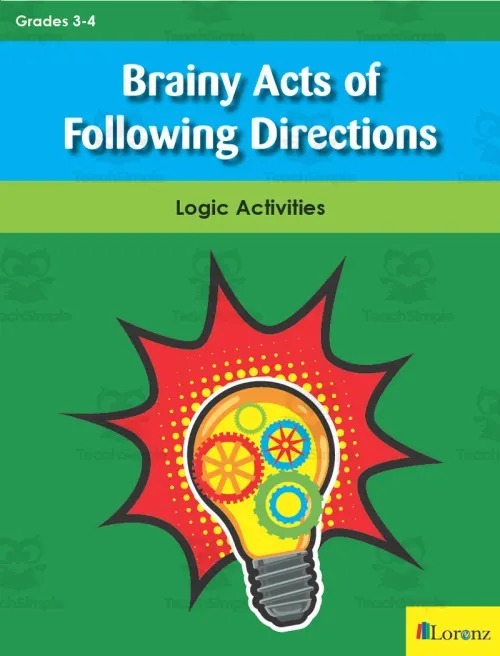
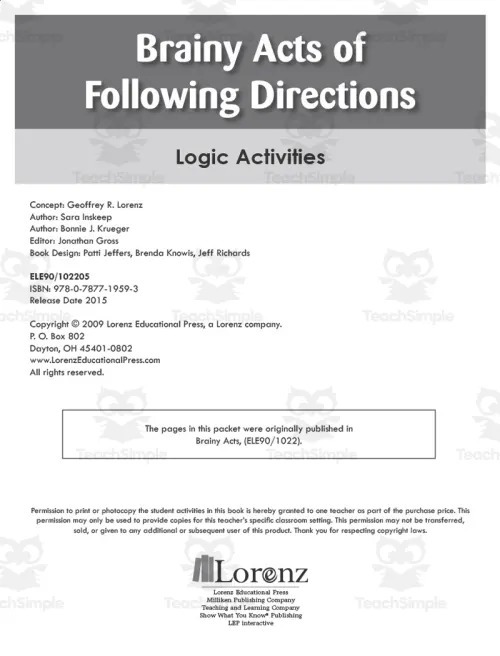
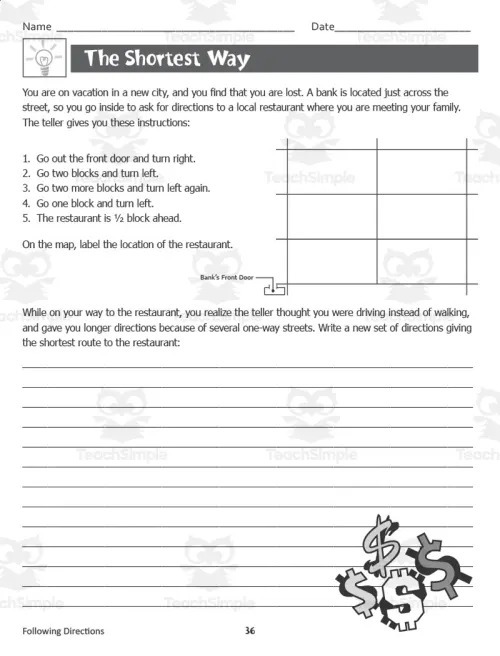
These logic activities for older elementary students will sharpen their direction-following skills, leading them on exciting adventures to find hidden treasures, solve mysteries, and more! The worksheets can be used for lessons, to begin and finish the day, or simply for fun.
- The Scientific Method Lesson & Science Experiment – Scientific Method Unit By Teach Simple
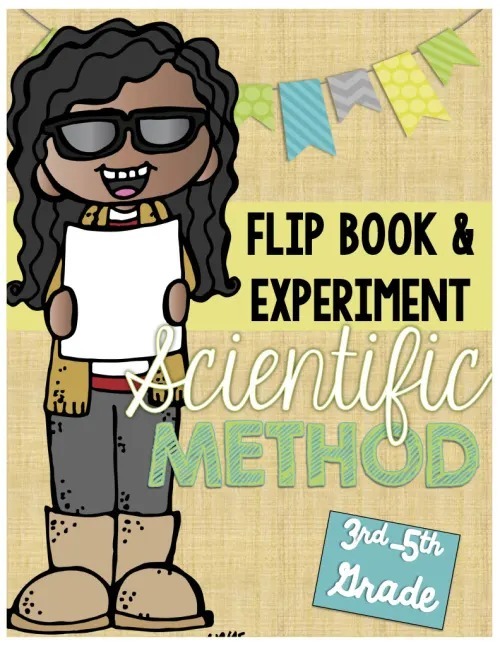
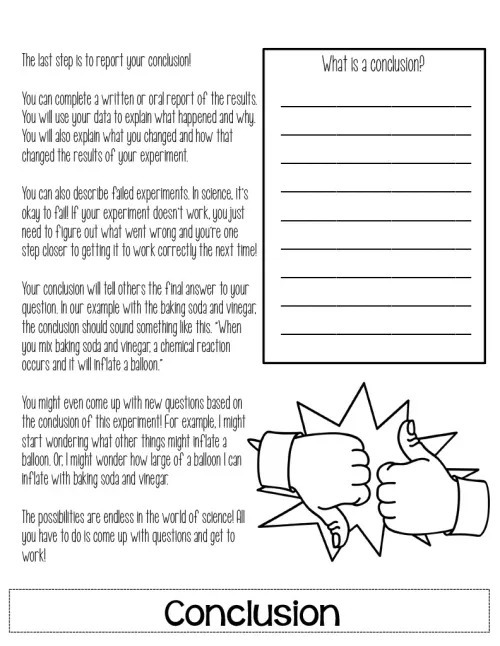
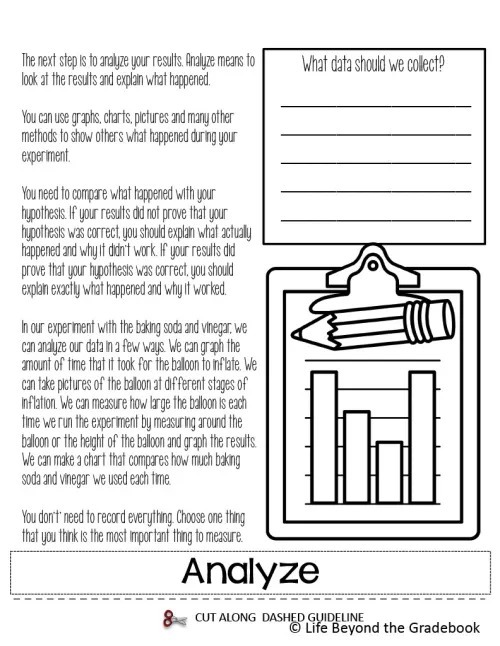
This flip book is jam-packed with student-friendly information. For example, the scientific method lesson comes with an experiment you can do as your students read along. This allows your students to see the data and put it into practice.
It is also available in a mini book to save paper.
- Scientific Method And Science Skills – Lab Station Activity By Teach With Fergy
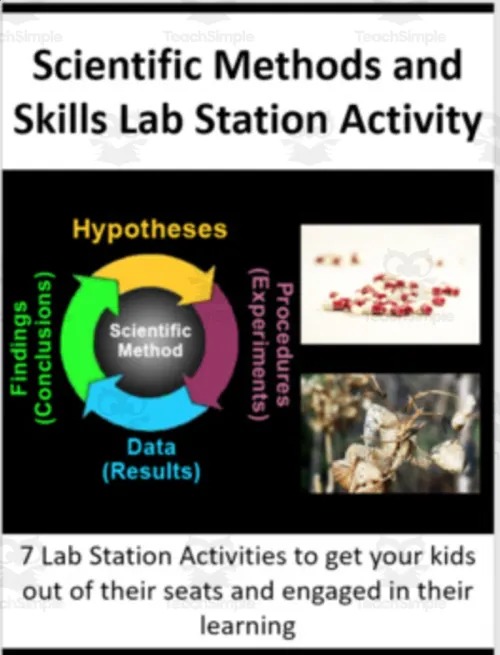
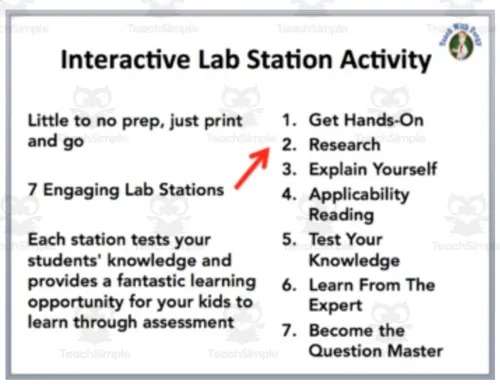
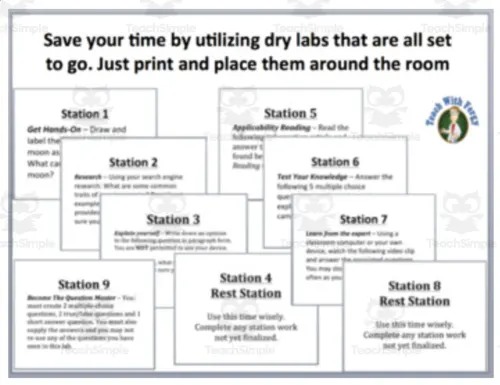
This one is great for high school students. The interactive Lab Station encourages your students to engage with the content uniquely. Each station provides an opportunity for your pupils to give their opinion, answer questions based and give feedback on which they can be assessed
- Gummy Bear Investigation Lab By Rodriguez’s Resources
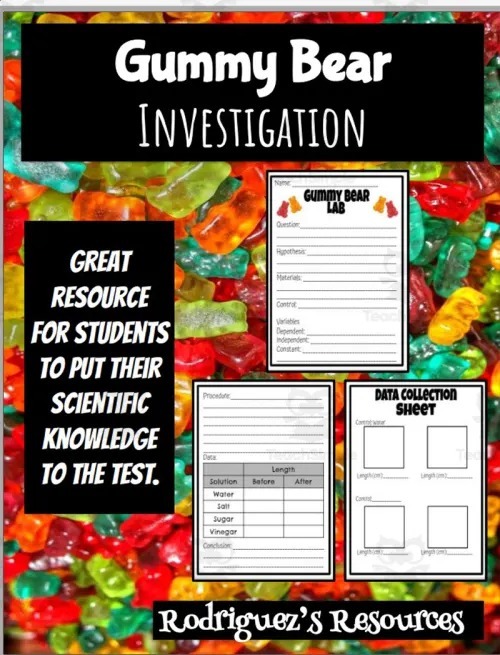
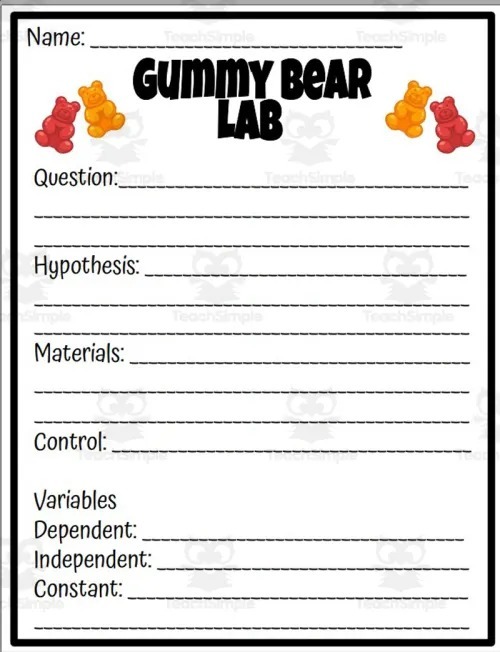
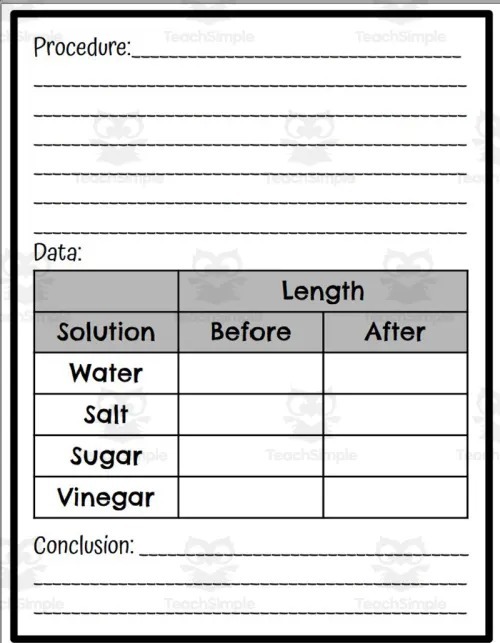
There is nothing better than making an experiment accessible with tangible (tasty) subject matter. In this lab, students will go through the steps of the scientific method to predict what will happen to a gummy bear if it is left for 24 hours in a liquid.
- All About Scientists Interactive Slideshow By I Heart STEAM
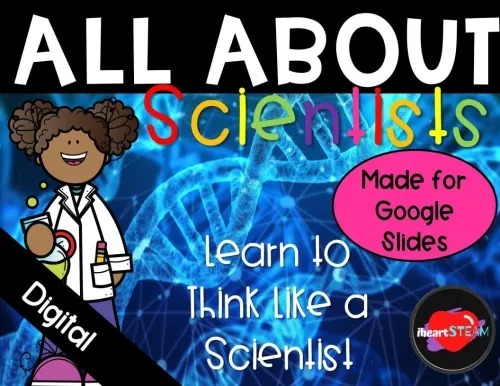
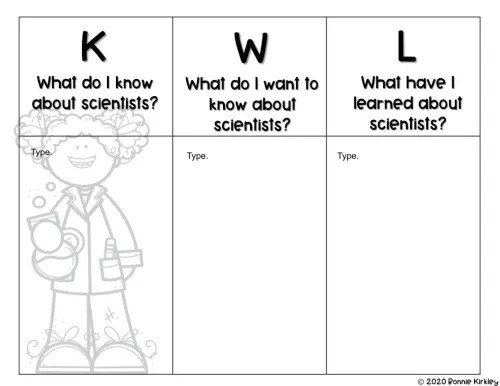
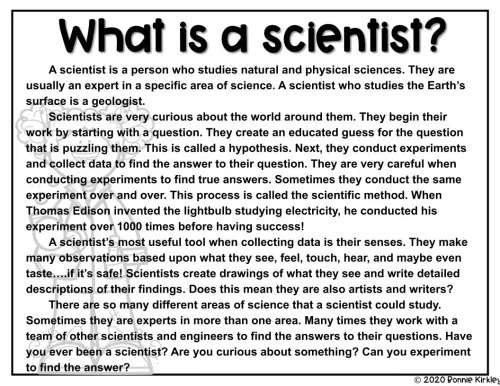
If you want students to learn about being a scientist and think critically, this All About Scientists resource is for you. Students will learn about the scientific process and be able to show what they know. They will wrap the lesson up by making their own scientific claim and testing it.
- Science Experiment: Independent, Dependent, And Controlled Variables By Grace Under Pressure
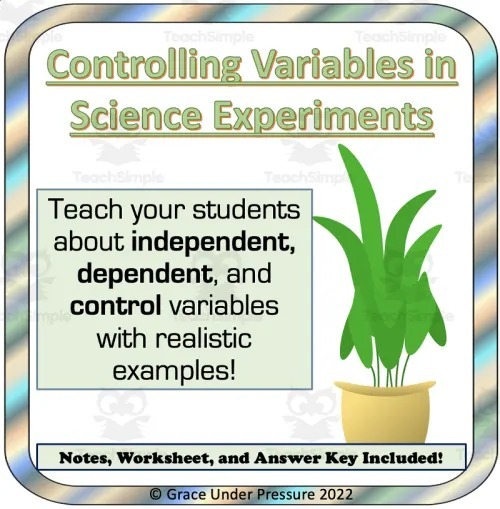
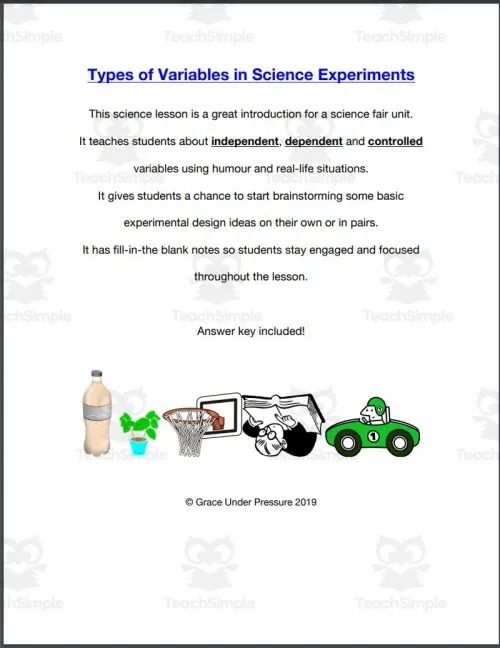
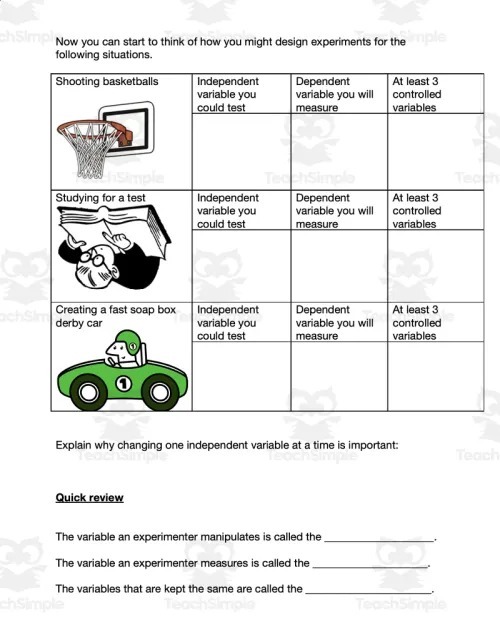
Here is another one for high school students. This science lesson is an excellent introduction to a science fair unit. Using humor and real-life situations, it teaches students about independent, dependent, and controlled variables. It allows students to start brainstorming basic experimental design ideas individually or in pairs.
Where to Find Them Online
If you are strapped for time and want to find resources quickly, here are a few to get you started.
Age Group
Scientific Method worksheets and resources
Elementary
- Teach Simple elementary scientific method resources
- Easy teacher Worksheets – Scientific Method
- 123homeschool for me Scientific Method Worksheets
- Nature inspired learning
Middle School
- Teach Simple middle school scientific method resources
- Easy teacher Worksheets – Scientific Method
- Amazing World Of Science With Mr. Green
High School
- Teach Simple high school scientific method resources
- Scientific Method: How Can a Causal Question Be Answered?
Free vs Paid Worksheets
As a teacher, you know that relying solely on textbooks can lead to a lackluster lesson. That’s why many teachers are willing to invest hundreds of dollars in supplementary teaching materials such as lesson plans – to inject some fun and excitement into the classroom! However, with all the resources available, it can be overwhelming trying to find quality content.
Paid lesson plans can undoubtedly offer the quality you need – but at what cost? Most of them are placed behind a paywall, giving you only a brief glimpse of the materials before you invest. It’s almost like gambling – you never really know how good the quality is or if it aligns with your curriculum until you take a chance and buy it. Many paid resources offer freebies to try and encourage you to buy more – but these can often be of limited value.
Instead, invest in a Teach Simple membership
Many resource platforms sell each product individually, and you pay per download. This may make sense if you only need one or two things, but if you are looking for a regular supply of quality resources, a subscription-based service is far more practical and affordable.
At Teach Simple, we provide subscription-based access to all the lesson plans and teaching materials you’ll ever need. Teachers crafted our materials, and each resource is peer-reviewed to guarantee it meets standards. In addition, it offers insightful blogs, classroom management tips and strategies, and loads of inspiration and ideas.
You will never need to look much further for a Scientific Method worksheet again. Teach Simple will have what you need, or one of our detailed blogs and articles will fill you with creative ideas and provide links to examples and resources.
